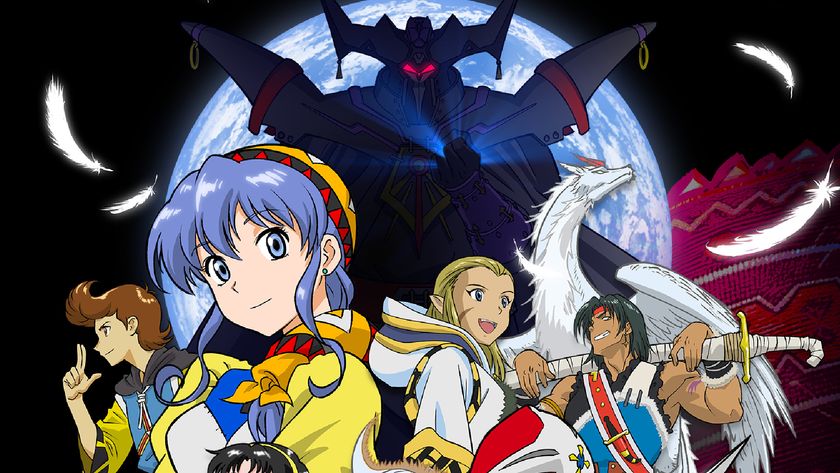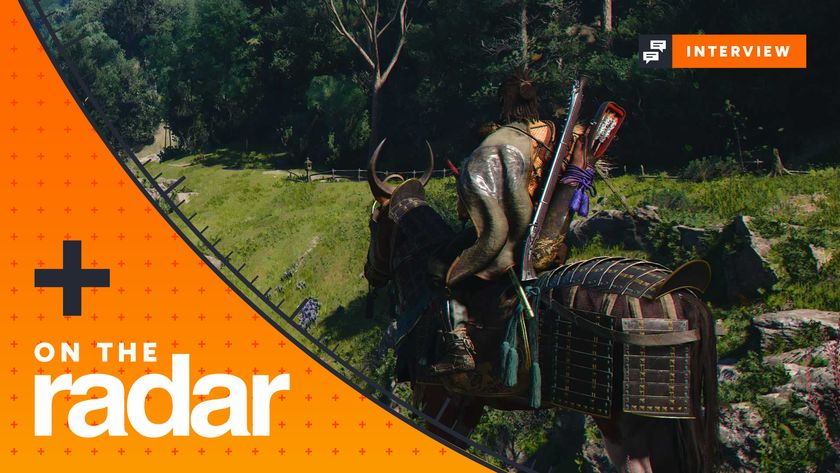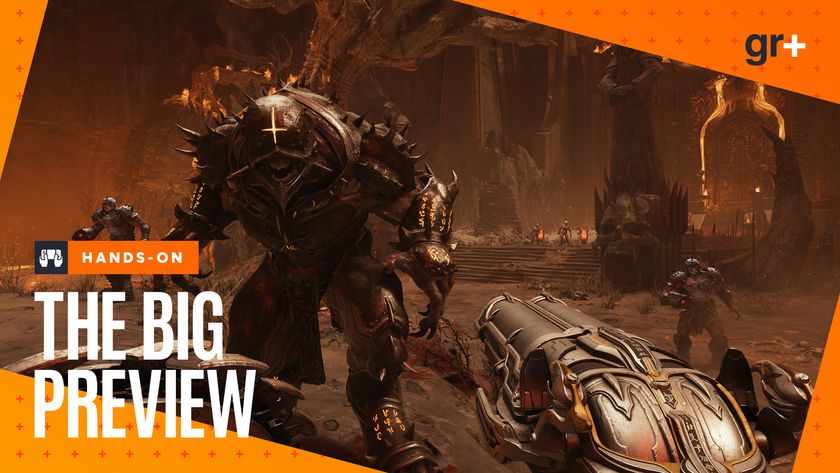The ups and downs in the history of Fable
Peter Molyneux gets nostalgic, introspective, and honest with himself
Set just 50 years after Fable II, the world is a very different place. Industrial revolution has lit Albion with gaslight and seen the rise of trains, steamships, and heavy industry. Under King Logan children work in factories and men are sold into slave-driven workhouses. The hero this time is the son/daughter of Fable II’s hero, forced to lead an uprising which climaxes in glorious success somewhere around the game’s mid-point. From here Fable III will shift, with the hero as king or queen. You’ll have to answer to your people, deliver on your promises, make war or peace with the neighbouring continent of Aurora, and throw people in the dungeon.
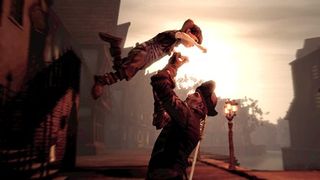
Fable III introduces the Touch system, relegates the old Expressions system to four options on the D-pad, and extends body morphing to your weapons, allowing you to craft a sword unique to your game and trade it online. It’ll let you change the entire world to meet your wishes – replacing factories with schools and feeding the poor, or putting men to work and fuelling an unstoppable war machine.
You mentioned to us that Touch is a ‘real feature’, not just a ‘gimmick’. What’s the difference between the two?
As it turns out I think Expressions in Fable II and Fable were more of a gimmick than a gameplay feature. You know, we didn’t really exploit them in the game; they were more about making people laugh because of the fart joke in many and various ways. There weren’t any real rewards. That’s a gimmick.
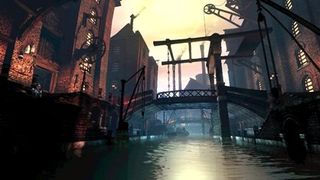
A game feature is something that is woven into the drama of the experience; we encourage you to do it, we give you the rewards to do it, and it’s something you can do over and over again. So for example, in Fable II what really worked as a gameplay feature which could have easily been a gimmick were the jobs. They were very, very simple but they really worked – you really felt like you were a blacksmith or whatever. That’s more of a game feature, woven into the game.
What’s so brilliant about Touch is that for me it really does change everything because in Fable and Fable II you were presented with choices – whether you’re going to save someone or not – but now you have to physically drag someone to their fate. That tramp you take into the factory says “if you take me in here I will die in two weeks. My friend was killed by one of these machines!” And you’re dragging him to it. I’m going to pull on your heart strings a little bit and that’s why it’s so different from pressing A and B because you’re physically doing that stuff.
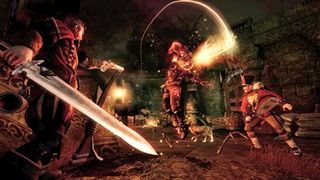
Touch is currently an action for the Right Trigger, but it seems like something built for Natal, that could be a real…
Sign up to the GamesRadar+ Newsletter
Weekly digests, tales from the communities you love, and more
I am absolutely forbidden to talk about Natal. Only that I’d say it’s a great device for a designer that makes you think in a very, very different way. And that there are unique things in Fable and it would be lovely to marry those two things together, would it not? But that is not a confession that we have Natal functionality or not. I can tell you that the primary way to play Fable will be with the controller. It’s something I would love to tell you about. I could spend many hours telling you about Natal and Fable. Many, many hours...
Apr 28, 2010
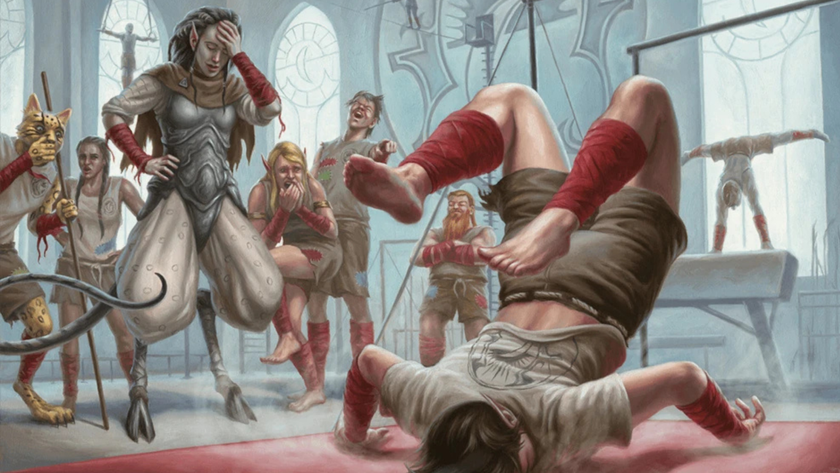
The Baldur's Gate 3-themed Stardew Valley mod that Larian boss Swen Vincke called "amazing" gets DMCA'd by D&D publisher Wizards of the Coast
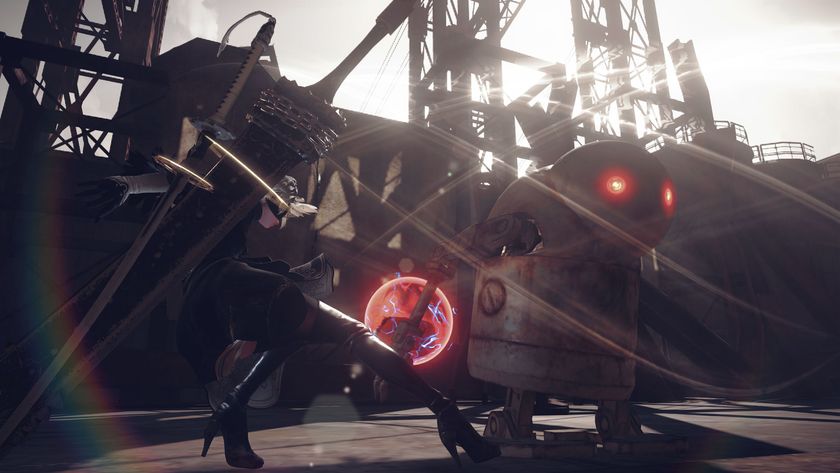
After PlayStation boss praises Nier Automata as a savior for Japanese games overseas, Yoko Taro says he was specifically told to focus on Japan because it wouldn't fly overseas

